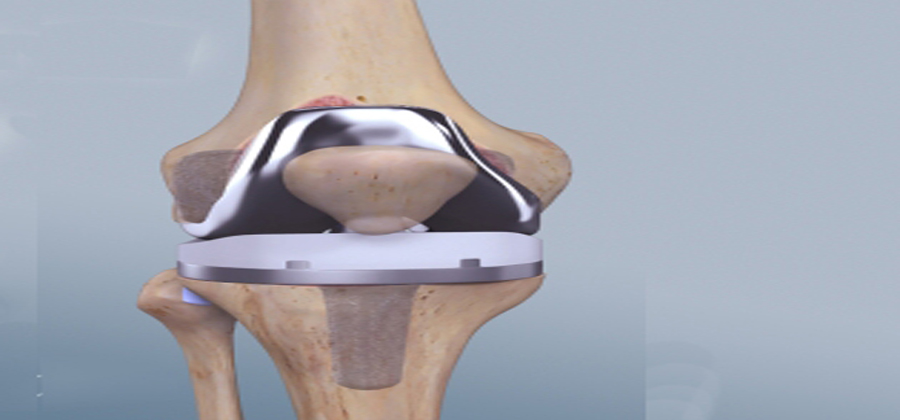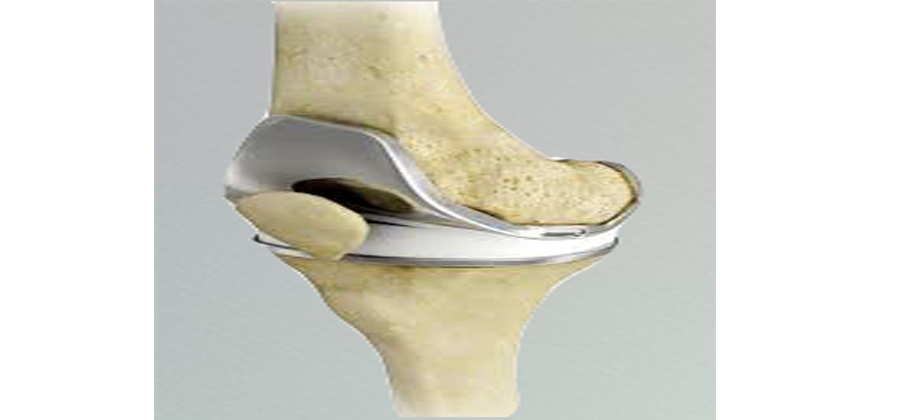TOTAL KNEE REPLACEMENT SURGEries
Anatomy
The knee is the largest joint in the body and having healthy knees is required to perform most everyday activities. The knee is made up of the lower end of the thighbone (femur), the upper end of the shinbone (tibia), and the kneecap (patella). The ends of these three bones where they touch are covered with articular cartilage, a smooth substance that protects the bones and enables them to move easily. The menisci are located between the femur and tibia. These C-shaped wedges act as "shock absorbers" that cushion the joint.
Cause
The most common cause of chronic knee pain and disability is arthritis. Although there are many types of arthritis, most knee pain is caused by just three types: osteoarthritis, rheumatoid arthritis, and post-traumatic arthritis.
- Osteoarthritis: This is an age-related "wear and tear" type of arthritis. It usually occurs in people 50 years of age and older, but may occur in younger people, too. The cartilage that cushions the bones of the knee softens and wears away. The bones then rub against one another, causing knee pain and stiffness.
- Rheumatoid arthritis: This is a disease in which the synovial membrane that surrounds the joint becomes inflamed and thickened. This chronic inflammation can damage the cartilage and eventually cause cartilage loss, pain, and stiffness. Rheumatoid arthritis is the most common form of a group of disorders termed "inflammatory arthritis."
- Post-traumatic arthritis: This can follow a serious knee injury. Fractures of the bones surrounding the knee or tears of the knee ligaments may damage the articular cartilage over time, causing knee pain and limiting knee function.
Cure
During knee replacement surgery, the surgeon takes damaged cartilage and bone out of the knee joint and replaces them with a manmade joint. The operation is also called knee arthroplasty.
Knee replacement usually takes 1 to 2 hours. The surgeon removes damaged cartilage and bone from the knee. Then the doctor attaches metal implants to the ends of the thigh and calf bones. A plastic spacer goes between the metal pieces and helps the new joint move smoothly.
Physical therapy for knee replacement includes exercises for flexibility and strength. You can do these exercises at a physical therapy center or at home, but be sure to ask the therapist how to do them the right way. You should keep them up as long as your doctor recommends, usually at least 2 months after surgery.

